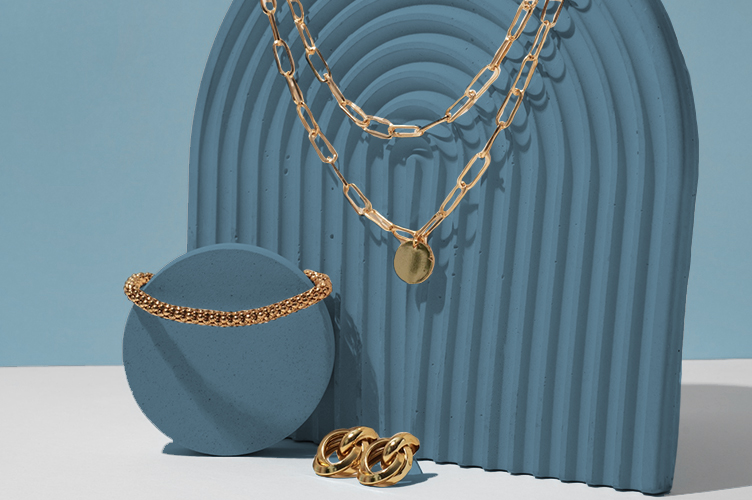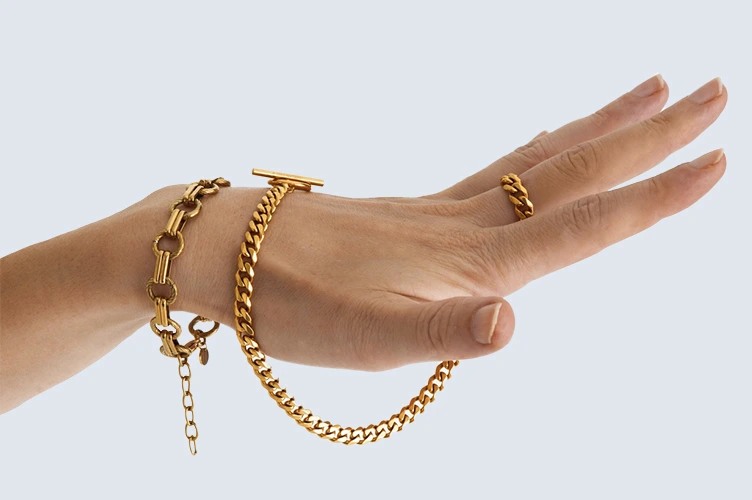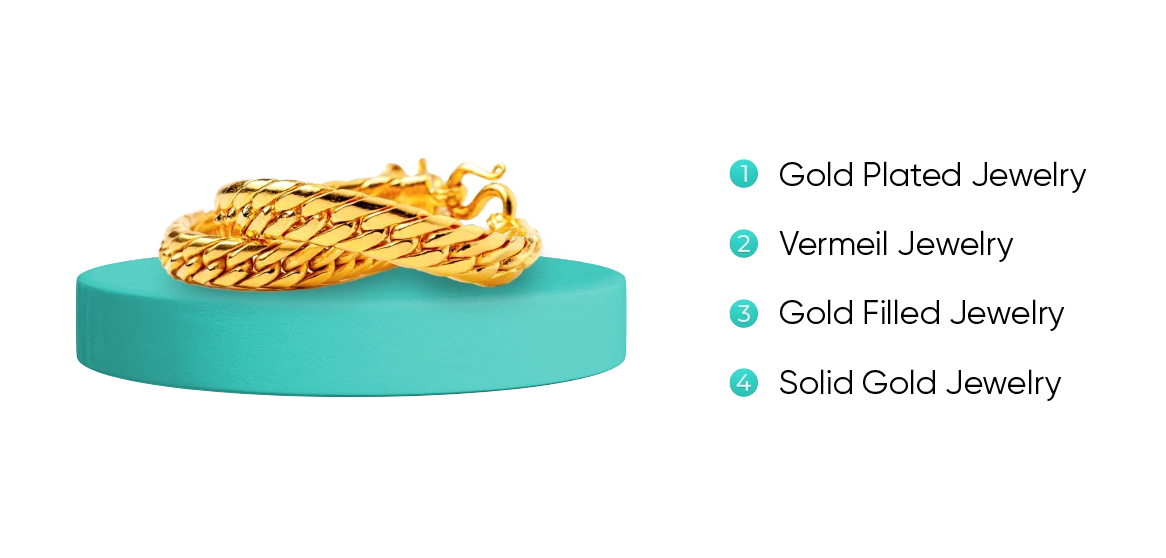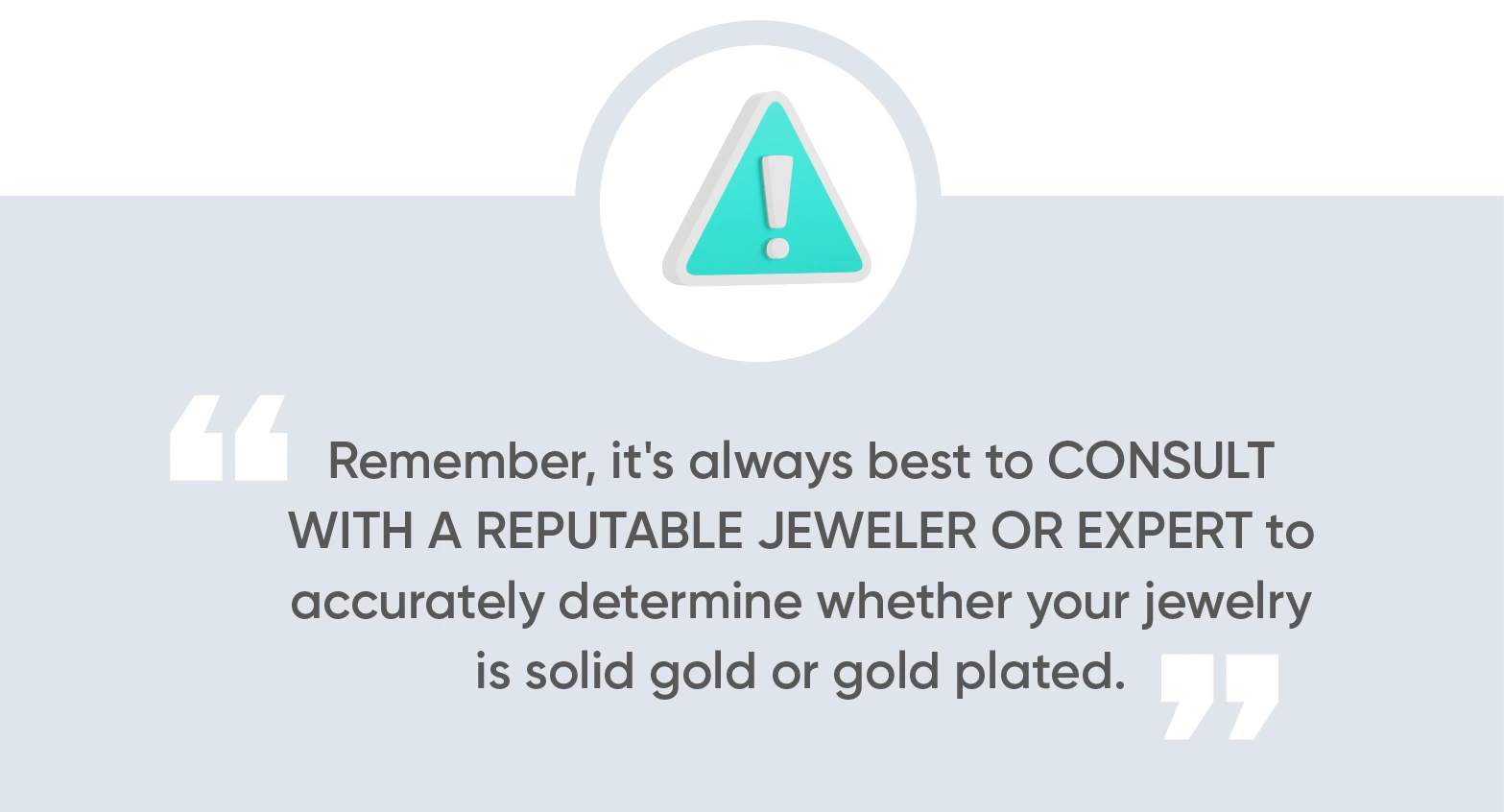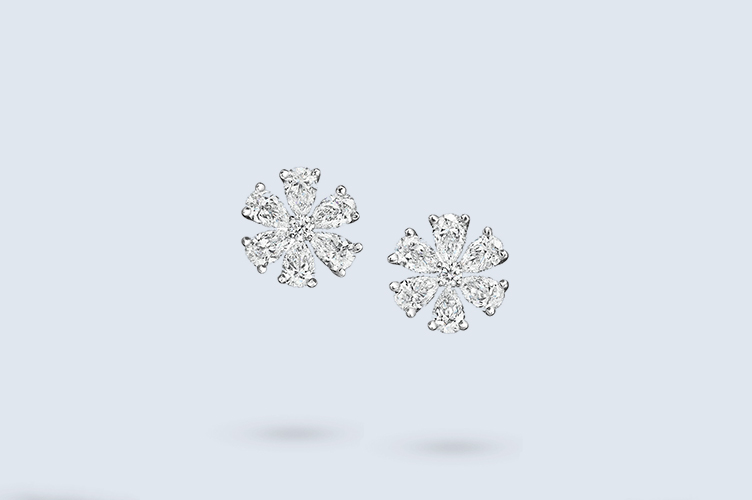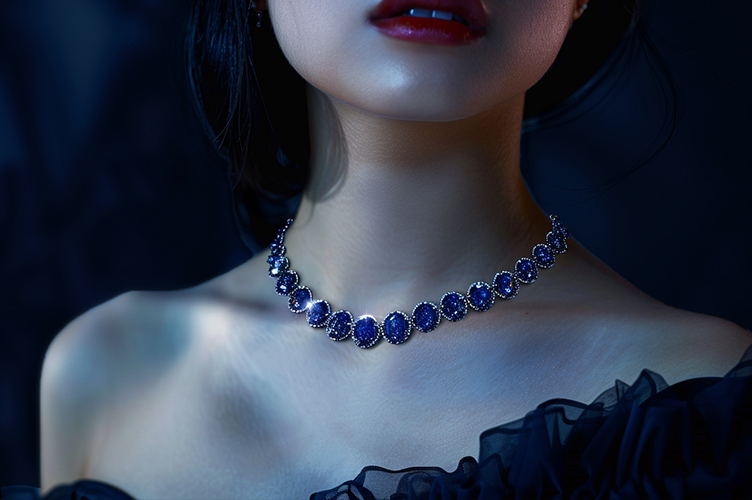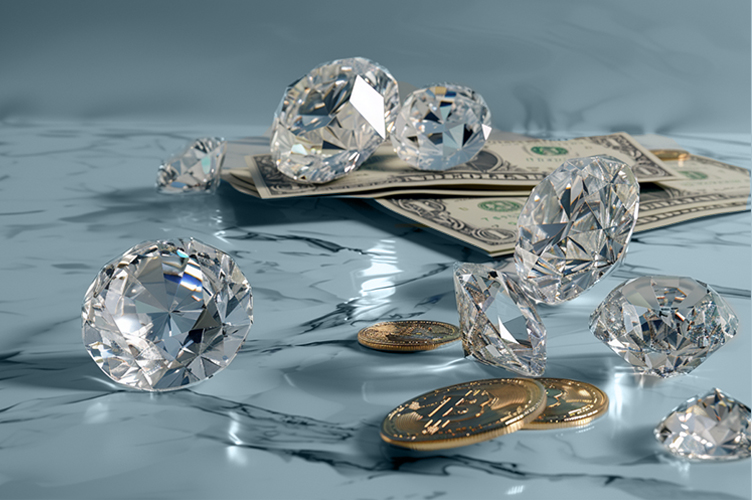What is Gold Plated Jewelry: Everything You Should Know About This Affordable Luxury
Gold has long been a symbol of luxury and wealth, captivating with its radiant allure. However, not everyone can afford to invest in solid gold jewelry. Enter gold plated jewelry, a more accessible option that allows you to enjoy the shimmering beauty of gold without breaking the bank.
Gold plated jewelry is popular with those seeking an affordable yet stylish accessory. But how is it made, and what are its unique characteristics? Here’s everything you need to know.
What You Will Learn
What is Gold Plated Jewelry?
Gold plating involves a process wherein the maker applies a thin coating of gold to the surface of another metal, such as brass or silver. This layer of gold varies in thickness, typically ranging from a few microns to a few micrometers. While gold plating may not have the same intrinsic value as solid gold, it offers an appealing alternative for those who appreciate the aesthetic beauty of gold without the hefty price tag.
One of the key advantages of gold plated jewelry is its affordability. Gold plated pieces are significantly more budget-friendly than solid gold pieces, allowing individuals to stay on-trend and accessorize without overspending.
Whether it’s a dainty necklace, a statement ring, or a pair of elegant earrings, gold plated jewelry offers myriad options to express one’s style and enhance any outfit.
However, it’s important to note that gold plating does have its limitations. The thin layer of gold can wear off over time, revealing the underlying metal. Factors such as frequent exposure to water, harsh chemicals, and abrasive surfaces can accelerate the wear and tear of gold plated jewelry.
Different Types of Gold Jewelry
Gold jewelry offers timeless beauty and inherent value. However, navigating the world of gold jewelry can be overwhelming, as there are various types to choose from, each type with unique features and composition. Here are the types you should know, including and beyond gold plated jewelry.
1. Gold Plated Jewelry
Gold plated jewelry consists of a base metal, such as brass or silver, coated with a thin layer of gold via electroplating. The thickness of the gold layer can vary, typically ranging from 0.5 to 3 microns.
2. Vermeil Jewelry
Vermeil jewelry combines the elegance of gold with the durability of sterling silver. To be considered gold vermeil, a piece of jewelry must feature a base of sterling silver coated with a layer of gold at least 10 karats and 2.5 microns thick. This ensures a higher quality and longer-lasting gold layer compared to gold plated jewelry. Vermeil jewelry offers the best of both worlds, showcasing the lustrous beauty of gold while providing the strength and affordability of sterling silver.
3. Gold Filled Jewelry
Gold filled jewelry is made by bonding a layer of solid gold to a base metal, typically brass or copper. The gold layer in gold filled jewelry is significantly thicker than that of gold plated jewelry, usually comprising at least 5% of the item’s total weight. Gold filled jewelry offers a cost-effective alternative to solid gold, providing a luxurious appearance and greater resistance to tarnishing and wear.
4. Solid Gold Jewelry
Solid gold jewelry is the pinnacle of luxury and craftsmanship. It’s crafted entirely from genuine gold, with no other metals or alloys added. The purity level of solid gold is measured in karats, with 24 karat gold being the purest form. But, pure gold is soft and prone to scratches and dents, so it’s often alloyed with other metals like copper, silver, or zinc to enhance its durability and create different gold hues such as yellow, white, and rose gold.
Pure gold comes in a variety of different colors:
Yellow Gold
Yellow gold combines gold and alloys such as zinc and copper. It retains the naturally occurring color of pure gold, giving it a warm and radiant yellow hue.
Pink Gold
Pink gold, also known as rose gold or red gold, is created when you blend yellow gold with copper and silver. The specific shade of pink can vary depending on the percentage of copper added to the gold. This elegant and romantic metal choice has gained popularity recently for its subtle blush tones.
White Gold
White gold combines pure gold with silver, palladium, or nickel. While white gold doesn’t have the natural color of yellow or pink gold, it’s commonly plated with rhodium. This metal gives it a white tone and enhances its brilliance. It offers a sleek and contemporary look that complements various styles.
One consideration for buyers of white gold is that the rhodium plating may wear off over time, requiring re-plating to maintain its white appearance. This maintenance aspect should be taken into account when choosing white gold jewelry.
How to Know if Your Jewelry is Gold Plated
Determining whether your jewelry is solid gold or gold plated can be a challenge. Still, there are several methods you can use to make an informed assessment.
1. Check for Gold Plated Markings
Look for specific markings on the jewelry piece, such as GP, GEP, HGE, or HGP, which all indicate gold plating. However, keep in mind that genuine gold plated jewelry isn’t always stamped, so this is not a foolproof method.
2. Test for a Positive Electrical Charge
Gold is not magnetic, so if your jewelry is attracted to a magnet, it likely contains metals other than gold. However, this test alone is not conclusive, as even genuine gold jewelry may have magnetic components due to metal alloys.
3. Acid Test
An acid test, performed by an expert, involves applying acid to the jewelry to determine its gold content. The acid reaction will vary depending on the gold purity and the presence of other metals.
4. Seek a Scratch Test
A scratch test, also conducted by a professional jeweler, involves cutting deep into the jewelry to reveal the base metal. Solid gold will have a consistent composition throughout, so the presence of a different metal suggests that the jewelry is gold plated.
Remember, it’s always best to consult with a reputable jeweler or expert to accurately determine whether your jewelry is solid gold or gold plated. They have the knowledge and tools necessary to conduct thorough assessments and provide reliable information about your jewelry’s composition.
How to Maintain and Care for Gold Plated Jewelry
Proper maintenance is essential for preserving the beauty and longevity of your gold plated jewelry. By following these simple tips, you can extend the lifespan of your jewelry pieces.
Regular Cleaning
To keep your gold plated jewelry looking its best, clean it regularly. You can use professional-grade jewelry cleaning agents available in the market or create a DIY cleaning solution using mild liquid soap.
Gentle Cleaning
Avoid using harsh cleaning agents or abrasive materials on your gold plated jewelry. Opt for a cleaning brush with soft bristles to prevent the gold layer from flaking off.
Avoid Contact with Oil and Chemicals
Gold plated jewelry should not come into contact with any oil or chemical residue. After applying makeup, wash your hands before touching your jewelry to prevent chemical reactions caused by makeup residue.
Combat Oils and Sweat
If you have oily skin or sweat a lot, take extra precautions to protect your gold plated jewelry. The salt and chemicals present in oils and sweat can tarnish the jewelry. On hot days, gently wipe bracelets or pendants with a soft tissue a few times to remove accumulated oils or sweat.
Avoid Rubbing
Refrain from rubbing your jewelry against any surface, as it can peel the exterior gold layer and expose the underlying metal. If you wear a gold plated bracelet or ring, minimize frequent stroking or rubbing.
Stay Away from Salt and Chlorine
Salt and chlorine can negatively affect a gold coating. Therefore, remove your jewelry before heading to the beach or swimming in a pool to prevent damage from these substances.
Protect Your Investment
While gold plated jewelry may not hold the same monetary value as genuine gold jewelry, it offers an excellent alternative for those who want to enjoy the aesthetic appeal of gold without the high cost. With gold plating, you can still achieve the luxurious look of real gold, allowing you to maintain your personal style and enhance your overall appearance.
Whatever your jewelry, protect it, with BriteCo’s comprehensive and cost-effective jewelry insurance coverage. Our policies protect against loss, theft, and damage worldwide, ensuring your gold jewelry is safeguarded with confidence.
To learn more, contact us directly or use our convenient online tool to obtain a personalized insurance quote in minutes.
FAQs:
Is gold plated jewelry good?
Gold plated jewelry can be a good option if you’re looking for an affordable alternative to solid gold.
Can I have jewelry gold plated?
Yes, it is possible to hire a jeweler or specialized plating service to plate your jewelry.
Can I sell gold plated jewelry?
Yes, you can sell gold plated jewelry. When selling, consider shipping logistics and ensure proper packaging to protect the jewelry during transit.
Also Check:
How long does gold plated jewelry last?
How long does permanent jewelry last?
Mother’s Day Jewelry Ideas | BriteCo Jewelry Insurance
What is Permanent Jewelry?
Is Gold Jewelry a Good Investment? | BriteCo Jewelry Insurance

